5 Ways To Prepare for Winter on Your Regenerative Ranch
From having a flexible grazing plan to winterizing equipment, it pays to plan and prepare for the cold winter days and weeks ahead.
Whether winter comes and stays for six months in your area, or it randomly slams your typically mild climate with six days of sleet and ice, it pays to be ready for the season.
Noble Research Institute ranch manager Paul Luna and grazing team facilitator Devlon Ford share their top tips to help keep your animals healthy and your regenerative ranch running smoothly, no matter what winter throws at you.
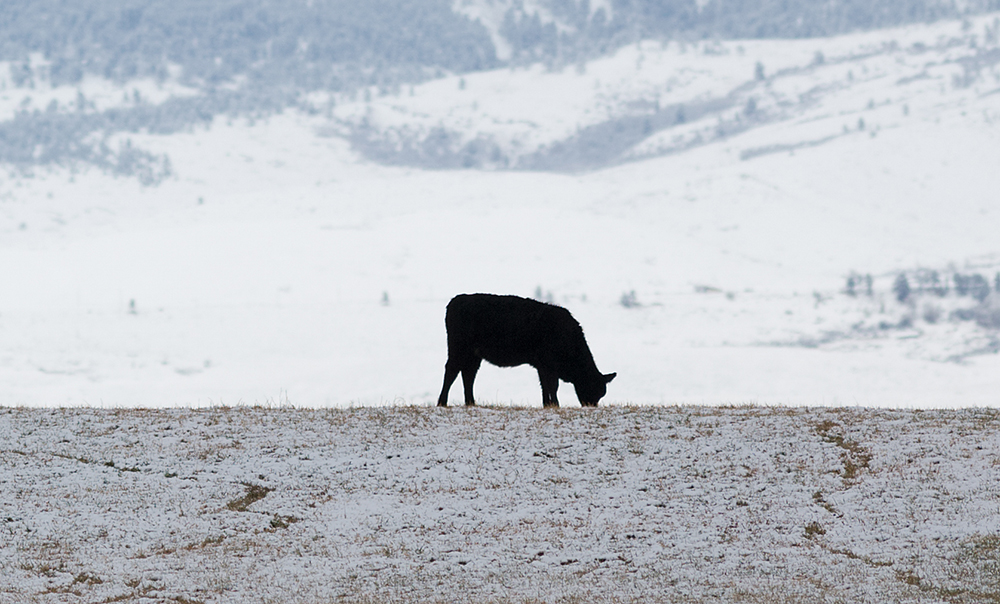
1. Study hyper-local and larger weather patterns
As a facilitator of Noble’s Essentials of Regenerative Grazing course, Ford says every good decision starts with knowing your context well.
You probably know an old-timer who can forecast the whims and ways of the land and the weather he’s observed for a lifetime. Only time and experience can teach some lessons. Still, if you’re new to a region, just picked up a lease or a section of new land, or are in the early years of your ranching career, start observing and studying your context.
Study how your local topography and geography are affected by weather events. Does the harshest cold come from the west, or from the north? Why? Are there certain ravines that pack in with snow and others that blow clear and might provide shelter in a storm? Have weather events like flood or drought in the preceding spring and summer affected how winter moisture or snow is going to flow, blow or pack in this winter?
Then, zoom out of the hyper-local knowledge and study larger weather patterns for long-term planning, too.
“I look at the long-range forecast, and I look at the big things, like if we’re going to be in the La Niña or El Niño,” Luna says. Then, bring that knowledge back to your local context – how does an El Niño pattern typically affect your particular region? And how might you adjust your planting and grazing plans accordingly?
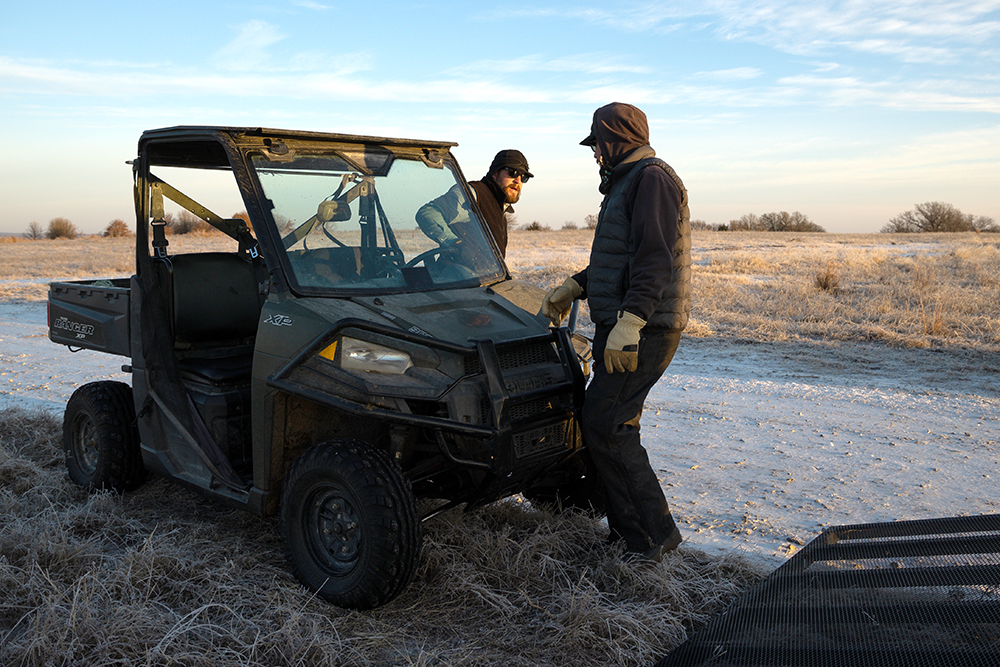
2. Winterize equipment, and stock up on supplies
It’s easiest to put off the simplest tasks, but Ford and Luna suggest saving yourself from as much potential headache as possible this winter with a little preventative maintenance. If you haven’t already, this is your reminder to make sure you’re well stocked in antifreeze, fuel additive, a working extension cord that will connect your feeding tractor to a plug-in source, or whatever it is you and your equipment need to face the cold.
While you’re at the store, pick up any extra heating elements or heat lamps you might need to plug into well houses or other locations you don’t want to freeze up. If you’re running electric fences on battery-powered fencers, Luna suggests getting a couple of extra batteries to swap out in case extreme cold affects their performance, as well as sweeping snow off solar chargers as needed. He stocks up on antibiotics and respiratory treatments for livestock in anticipation of weather-induced illness.
Mark a day on the calendar this month that’s forecast as a sunny one and make a hit-list of all the equipment that needs to be winterized; all the corral gates, fences or equipment that need greased or otherwise maintained; and winter gear that needs organized or inventoried.
These are simple tasks, Luna and Ford agree, but they each carry their own frigid memories of the morning the tractor refused to start or the wellhouse pipes froze due to a small oversight.
“We’ve all been there,” Luna says.
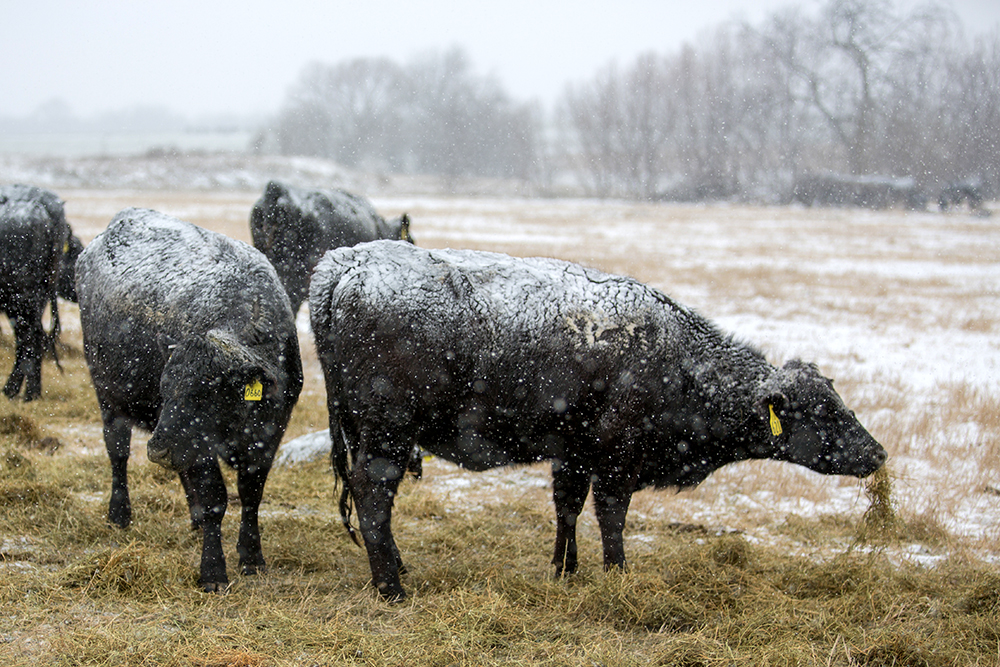
3. Keep grazing, and use your hay wisely
Whether you’re ranching on the southern plains of Texas or in the northern reaches of Montana, take time this winter to check your mentality on winter grazing. The circumstances will certainly look different from location to location, but don’t let old habits disguise opportunities to use your best resources.
“Sometimes we can get stuck in that old thinking, ‘If there’s snow on the ground, we’ve got to be feeding hay,’” Luna says.
But, Ford adds: “If your grass and your range conditions are healthy enough, you may have grass growing up above that snow your animals could be foraging on, if you’ll give them an opportunity to, and encourage them.”
It will take time and focused effort year-round to stockpile those forages, and to train your animals away from standing at the gate waiting for a feed truck, Ford says.
“But when we get out there and make them be a cow and encourage them to make a living, they’re a lot happier and a lot healthier.”
If he does have to feed hay either at home or on the Noble ranch, Luna says he makes it do double duty.
“I want to use feeding hay as a way to direct those cattle to where I want them to congregate,” Luna says. He suggests identifying areas that need added manure or urine for nutrients, or to target problem areas and use the congregated cattle to trample down an undesirable species.
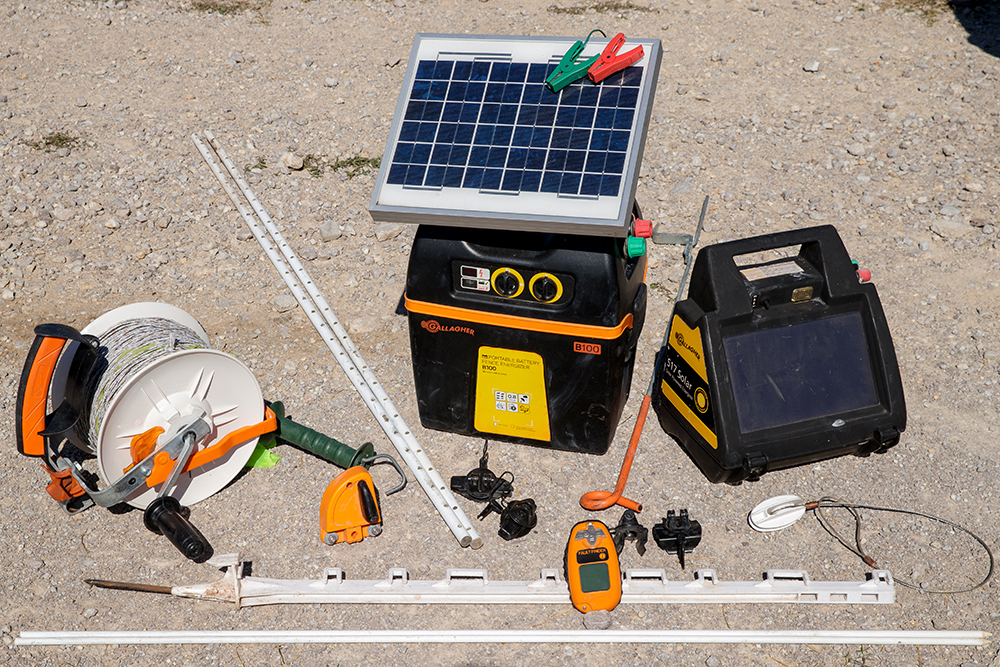
4. Prepare to be extra-adaptable in your grazing plan
Winter weather will likely test just how adaptable you’re willing to be in an adaptive grazing plan.
“This planning really starts in the spring,” Luna says, noting that part of their grazing plans is to avoid using the same pastures the same way every year. “So back in the spring, I’ve planned out what pastures I want to stockpile grass on for winter grazing.”
Part of that planning will include which paddocks have natural shelter – tree lines, draws, etc., – and what the water setup is in terms of needing to either heat, refill or chop ice for access to water.
Even with the best preparation, Ford says, “I may still have to re-adjust my grazing plans to be able to provide them with a spot that has better shelter at just the right time, and maybe I wasn’t planning on grazing there right then. But if weather’s coming in, I have to be able to adapt and adjust that plan as needed.”
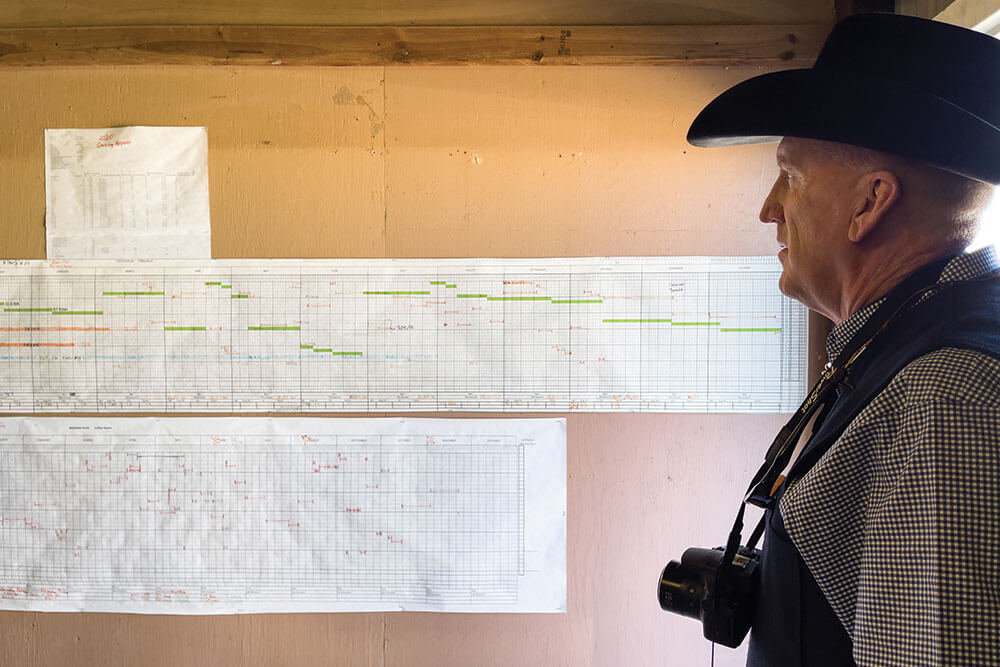
5. Work on the business, looking back to plan ahead
If you planned ahead and scurried this fall to prepare for winter, congratulations! You may now have more time during the season to plan ahead for an even brighter 2024.
“This season is a perfect opportunity to come in the house, sit down and really think about your business,” Ford says. “If you’re in the beginning of a regenerative journey, it’s a perfect opportunity to start really analyzing your books, seeing what enterprises are actually making you money, which enterprises are costing you money, and look ahead.”
Consider this a time to review how well you executed your grazing plan, and start planning the next one. Are there areas that you’re considering planting cover crops on next year? Do you have a drought management plan in place? What successes do you want to replicate, and what failures do you want to avoid repeating?
“We can look back at some of the practices we’ve traditionally followed with some questions,” Ford says. “Maybe there’s good reason for those, but maybe we can do a few things differently and consider what might work better, as long as it fits into our management plan and our context.”

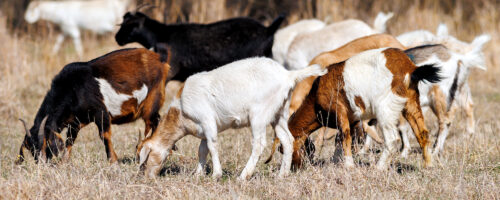
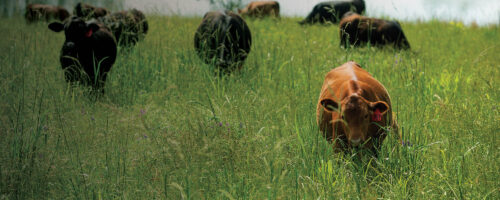
Comment